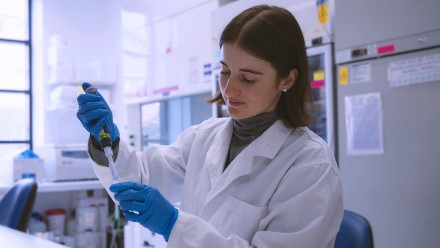SPECT Imaging data from Japan
Contributer
Dr Norinari Honda, Saitama Medical Centre, Japan.
Imaging unit was a three-head SPECT system, Prism 3000 (Picker international), equipped with low energy general purpose collimators. Techegas was inhaled through tidal ventilation in supine position, not through vital capacity breathing.
Loading dose of Tc-99m was 370MBq and the estimated inhaled dose was about 37MBq.
After SPECT data acquisition of the Technegas, Tc-99m-MAA in a dose of 150MBq was intravenously injected in supine position while the patient was still on the imaging unit's bed.
Acquisition parameters were common for both ventilation and perfusion: 64x64 matrix, pixel size of 4.5x4.5mm, stop-and-shoot mode acquisition, 30 sec/stop, 72 (24/head) projection images during 36-degree rotation. Ventilation SPECT images were reconstructed by filtered back projection (Ramp) after processing with Butterworth filter (8th order, cut-off visually optimized). Perfusion SPECT images were reconstructed after subtracting ventilation data from original perfusion data which had been contaminated with ventilation data.
Patient #1
A 26-year-old female with systemic lupus erythematosis. Ventilation and perfusion SPECT is apparently normal on inspection, but the V/Q map show inhomogenous V/Q ratio distribution explaining hypoxemia encountered at the time of V/Q SPECT. Even HRCT did not reveal any abnormality at this time.


Patient #2
A 34-year-old man with antiphospholipid antibody syndrome. There are several mismatched defects, which are shown in V/Q map as brighter areas confirming the presence of pulmonary embolism due to the syndrome.












